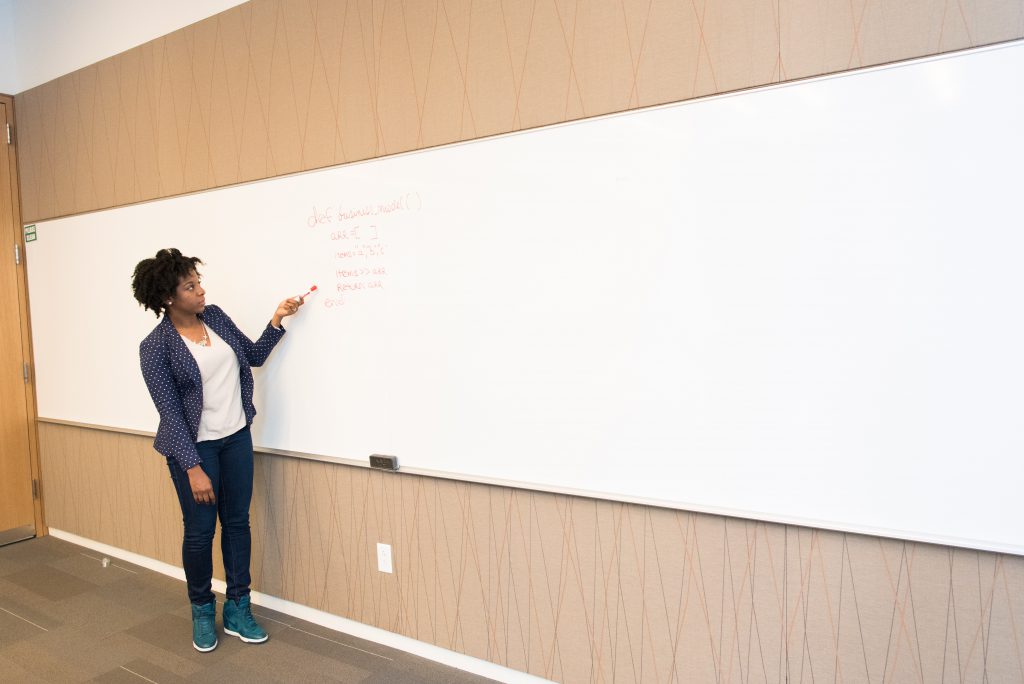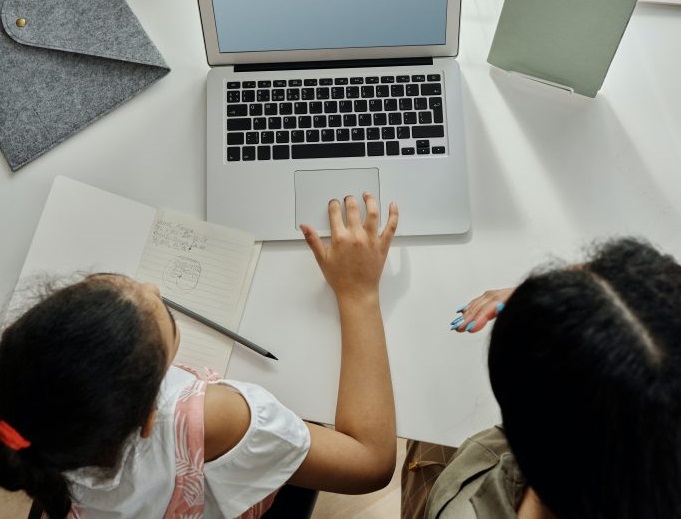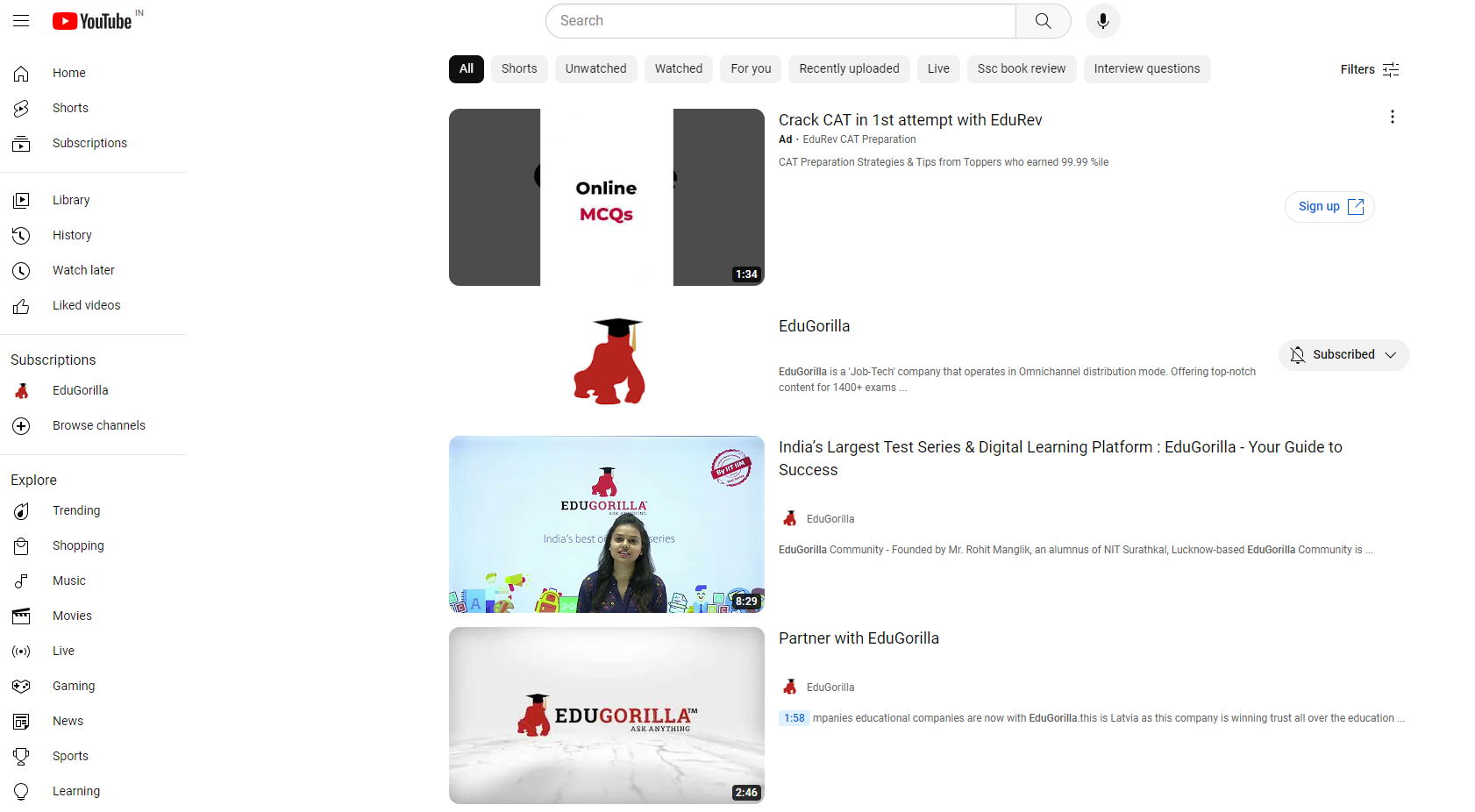Have you ever wondered what macro-teaching means? Let’s find an answer to this question. We will go through the specifics of these approaches. Such as the processes of macro-teaching, creating an effective lesson, a road-map of the course curriculum, and the qualities of macro-teaching. Let’s begin with a definition of macro-teaching.

What is Macro Teaching Technique?
The term “macro” comes from the Greek word “makros,” which means “long and huge.” A Macro teaching Lesson Plan is a teacher-created teaching technique and curriculum for a particular subject over a lengthy time: such as a semester, year, or month or to a large number of students.
It includes incorporating it into other learning strategies used in studies over time with a big audience.
With plug & play teaching solutions such as Gibbon, no one has to worry about the problems of a large audience. The 24/7 management of content, class, exams, and much more makes teaching and managing a large audience for a long time trouble-free for an educator.

Objectives of Macro Teaching Techniques
- Identify the resources and supplies that are essential in schools.
- To foresee student difficulties and devise appropriate solutions.
- Create a plan for teaching tactics and methodologies for all areas and themes.
- Place a premium on customized and social-emotional learning for students.
- Improve the ways of teaching and learning.
- In terms of learning outcomes, assess the success of the teaching technique.

Encourage Questions
Managing a vast number of students or studies over a while without having any management strategy could be harmful to a student-teacher relationship. Most of the students are nervous about asking questions or making remarks in front of a group of their peers. To create an effective lesson strategy the lecturer must respond in ways that stimulate further inquiries.
- Students are hesitant to ask inquiries if they are despised, humiliated, or embarrassed by a snarky response.
- Nonverbal cues such as smiling or nodding might also express your support for student inquiries. When asking questions, it is essential to give them adequate time—at least five to ten seconds—to think about their response.
- According to the macro teaching lesson plan, there are several approaches available to stimulate student input and inquiries. Students can raise questions outside the classroom by placing a question-and-answer box in the classroom, lab, or outside the professor’s office.
- Students can sign or submit their questions anonymously. During class, the teacher answers the questions. Students who sign their names and whose issues will resolve in class might receive extra credit for incorporating it into other learning strategies.

Get to Know your Students
While connecting as a class is essential for a flourishing community, connecting with you as a teacher and feeling comfortable while interacting is also necessary for relationship building.
Having students produce name cards that they set in front of them throughout the class is a method that might help with this initiative.
Taking attendance can assist you in learning their names and demonstrates to learners that you are interested in doing so. Once you’ve learned some of the kids’ names, utilize them to show that you’re eager to learn the others. The classes hosted on Gibbon help you interact with the students seamlessly. The management of all your classes and live lectures is automated, and the information is shared with you daily.

Be Available
The high student-instructor ratio is a disadvantage of big classrooms. This problem is resolvable by making yourself available to students before and after class. You might stroll around the online chat during lectures and check how they are doing. You should be available to address queries even after class.

In addition, show that you value time by alerting students when you will and will not be available. One of the ways is to use email to have students communicate queries or concerns. With advanced solutions such as Gibbon, educators will be able to be in touch with the class.

Promote Active Learning
Moving your class sessions to a virtual environment, such as Gibbon, raises the potential for active learning and student interaction. This resource offers easy ways that integrate learning concepts with internet resources, allowing students to encounter and engage with material and ideas while also reflecting on their learning. These tactics apply to all the small and big class sizes, subject to your video conferencing programs and license’s participant restriction.

Using Alternative Methods of Teaching
Activities that require the audience to share their thoughts or explain something about themselves are a fantastic method to interact with other children with whom they have interests. This practice goes a long way toward establishing trust and camaraderie when students affirm that they listen to their classmates.
Remember, you’ll need to convey this concept ahead of time so that your learners understand what you’re asking them to accomplish and are ready to express their ideas. With Gibbon, you get access to quizzes, daily news updates, and other interesting fun-based content.

Promote Participation of Each Student
As many teachers have told us, the difficulties in persuading pupils to participate have increased during remote learning. By making it difficult to know when to speak, digital platforms can add to communication barriers. Furthermore, online classes frequently get hampered by differences in students’ access to technology and privacy issues.
Discussions must be incorporated into course design and linked to learning objectives. The teacher is responsible for ensuring that meaningful dialogue occurs. Topics and questions for discussion must be related to the curriculum. To overcome all these barriers, Gibbon provides content that pushes them to learn things and also makes them discuss things.

Relate Discussions to Student Experiences
An extensive class varies from the small one in that more individuals want attention from the lecturer. While students who perform well in small classrooms tend to perform well in large classes, those who require more supervision from their teachers perform inadequately in sizable classes.
ABOUT GIBBON:
Gibbon is a Plug and Play solution offered by EduGorilla, for anyone with a skill to teach. Gibbon helps you to take your classes online and earn independently.
- Gibbon gives you the ability to conduct & record LIVE classes, host unlimited video courses, provide online mock tests, and conduct online tests with LIVE proctoring abilities.
- Gibbon also provides you ready-made content of 1600+ Competitive, Entrance, and Academic exams from around the country.
- Gibbon helps you reach out to more students online and get a complete marketing setup.
- We have helped more than 3000 Brands, 10000 Institutes, 20000 Teachers and 2 Crore Students, transform their education and future.
Gibbon stands for “Online-Ready Teachers for a Future-Ready India”.
To get started, book your free demo now.

Frequently Asked Questions
Question: Why is Macro teaching important?
Answer: Macro Teaching helps the teachers to form and review course goals with their students. It is also helpful for the students as they know what to expect from the course as they progress through the material.
Question: What are the important features of the Macro Teaching?
Answers: It helps in mapping out the teaching strategies for students and it also focuses on the overall development of the students.
Question: What are some main objectives of Macro-Teaching?
Answer: It helps in identifying the resources and supplies that are essential in schools. It improve the ways of teaching and learning by assessing the success of teaching techniques.
Question: What are the most useful aspect of the Macro-teaching?
Answer: Macro teaching allows teachers to monitor students and assess them about how well students understand the concepts by breaking them into small groups.
Question: What lesson plan does macro-teaching follows?
Answer: The macro teaching follows a teaching strategy and curriculum produced by teacher for a particular subject to teach for a long span of time like: semester, year or month.





